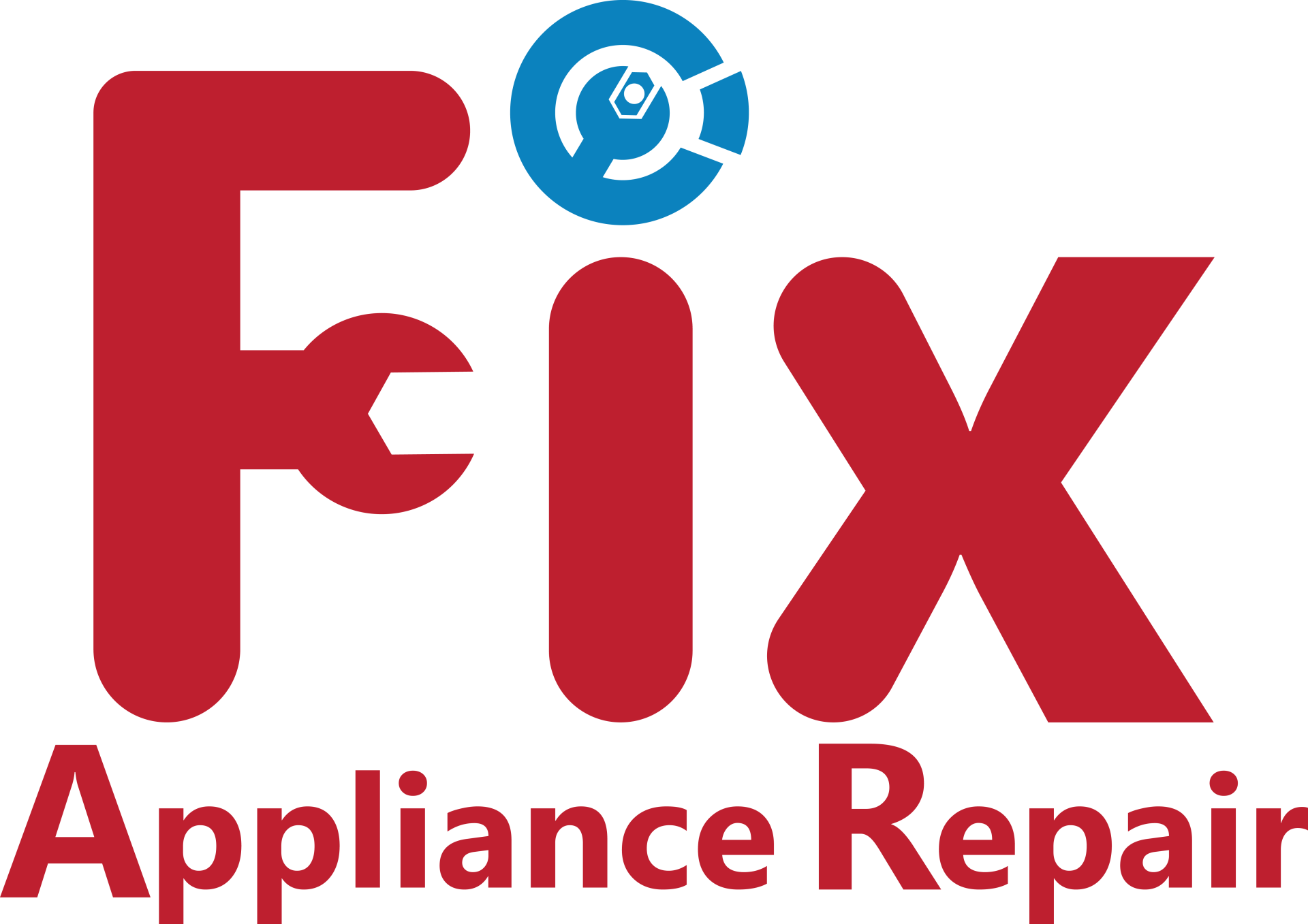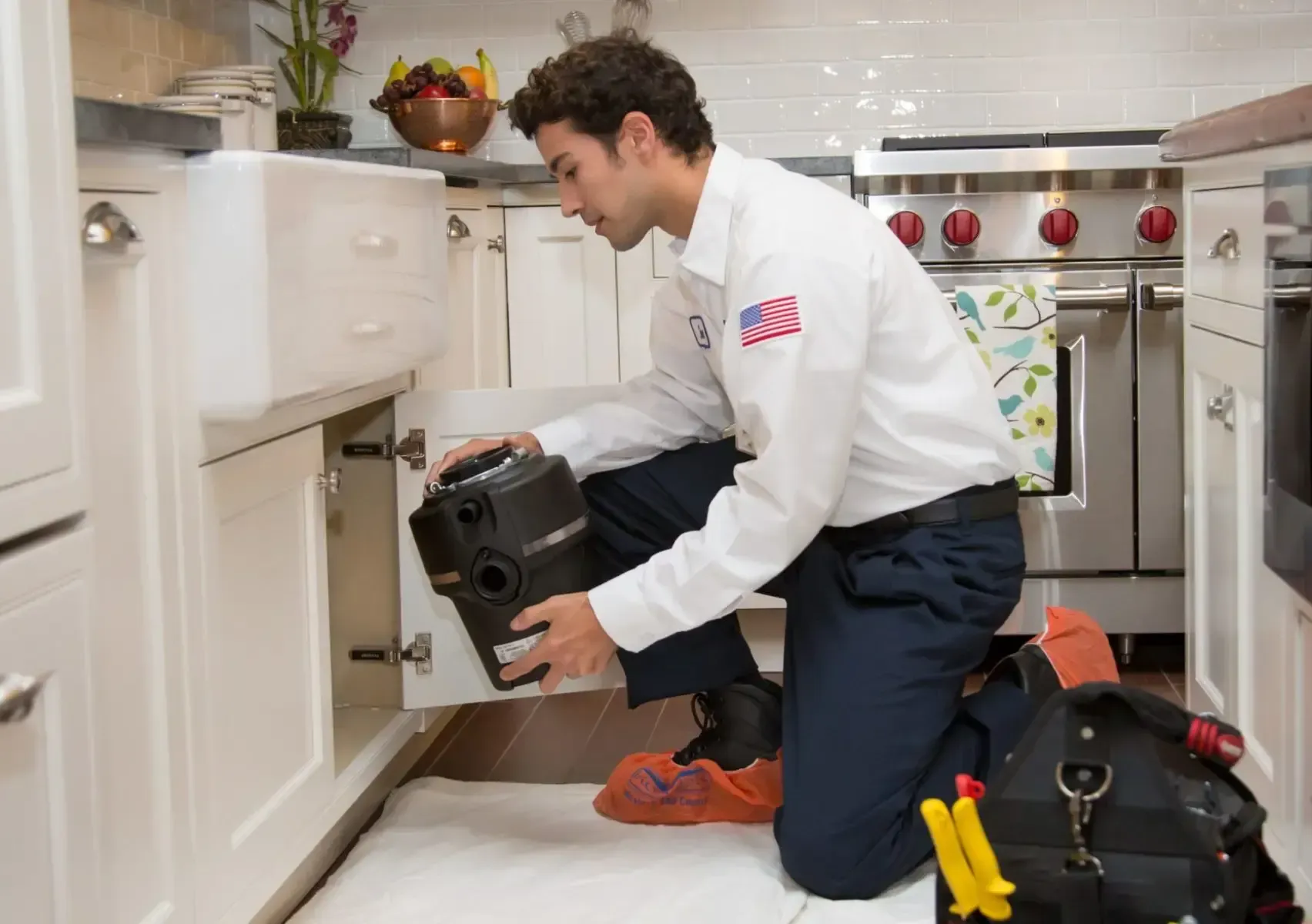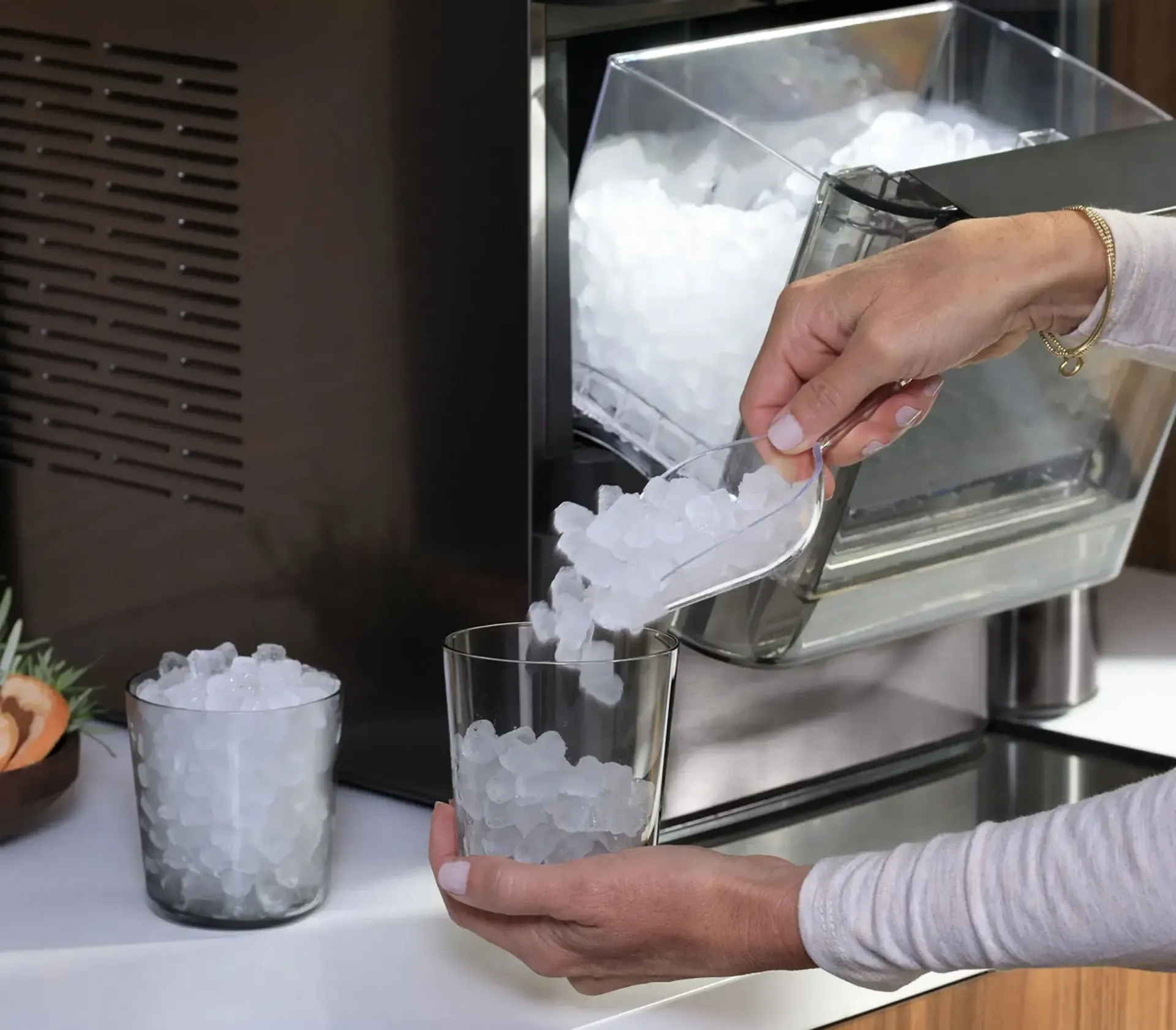Are you finding your GE refrigerator not keeping your food as cool as you’d like, or maybe even not cooling at all? Don’t worry, we’ve got you covered. Before you start browsing for a new refrigerator, let’s explore some easy troubleshooting methods that may just explain why you have a GE refrigerator not cold inside.
Why Is My GE Refrigerator Not Cold Inside?
If you’ve been finding your GE refrigerator not cold, read on for tips to help you fix the most common problems with GE refrigerators.
Check the Power
First and foremost, it is essential to ensure that your refrigerator is properly plugged in and that the outlet is functioning correctly. It may seem like a small and obvious step, but it is a common oversight. Double-check the plug and the outlet to make sure they are securely connected and that there is no damage to either. Next, make sure the circuit breaker isn’t blown and that all the switches are in the right place.
Refrigerator Thermostat Issues
Next, we will take a look at the thermostat settings. Is it set to the appropriate temperature? If the thermostat is set too high, the food inside may not be as cold as desired. Adjust the thermostat to a lower setting and wait a few hours to see if this resolves the problem.
It’s important to note that different types of food need to be stored at different temperatures, so make sure to consult your refrigerator’s manual or check the recommended settings online. If the setting is right but the refrigerator temperature is not responding, the thermostat may be malfunctioning and will need repair or replacement.
Refrigerator Door Seal Issue
If the thermostat is set correctly and the refrigerator is still not cool enough, there may be an issue with the door seal. A damaged seal can allow cold air to escape, which can make the refrigerator less efficient. Inspect the seal around the door to ensure it is in good condition, and if necessary, replace it. If it’s full of gunk, this can prevent it from sealing correctly.
Dirty Condensor Coils
A refrigerator not cooling can also be from dirty condenser coils. The condenser coils are responsible for removing heat from the refrigerator. Dirty coils can cause the refrigerator to work harder to keep things cool than clean ones. To clean refrigerator coils use a brush or the vacuum brush attachment to remove any dust or debris until the coils are completely clean.
Refrigerator Compressor Issues
If none of these troubleshooting steps have resolved the issue, it is possible that the problem is with the compressor. The compressor is responsible for moving refrigerant through the refrigerator and if it’s not working correctly, the refrigerator may not be able to cool properly. This may also result in a loud sound coming from the refrigerator when running. In this case, it is best to contact a professional for diagnosis and repair. This issue will usually require specialized knowledge and tools to fix.
In summary, before you purchase a new refrigerator, try these simple troubleshooting steps to fix your GE refrigerator not cold issue. With a little bit of detective work, you may be able to fix the problem and once again enjoy perfectly chilled food. A properly functioning refrigerator is essential for keeping your food fresh and safe and keeping your ice frozen , so don’t hesitate to take action if you notice any issues, and for anything, you can’t fix you can always call the refrigerator repair team at Fix Appliance Repair. Happy cooling!



